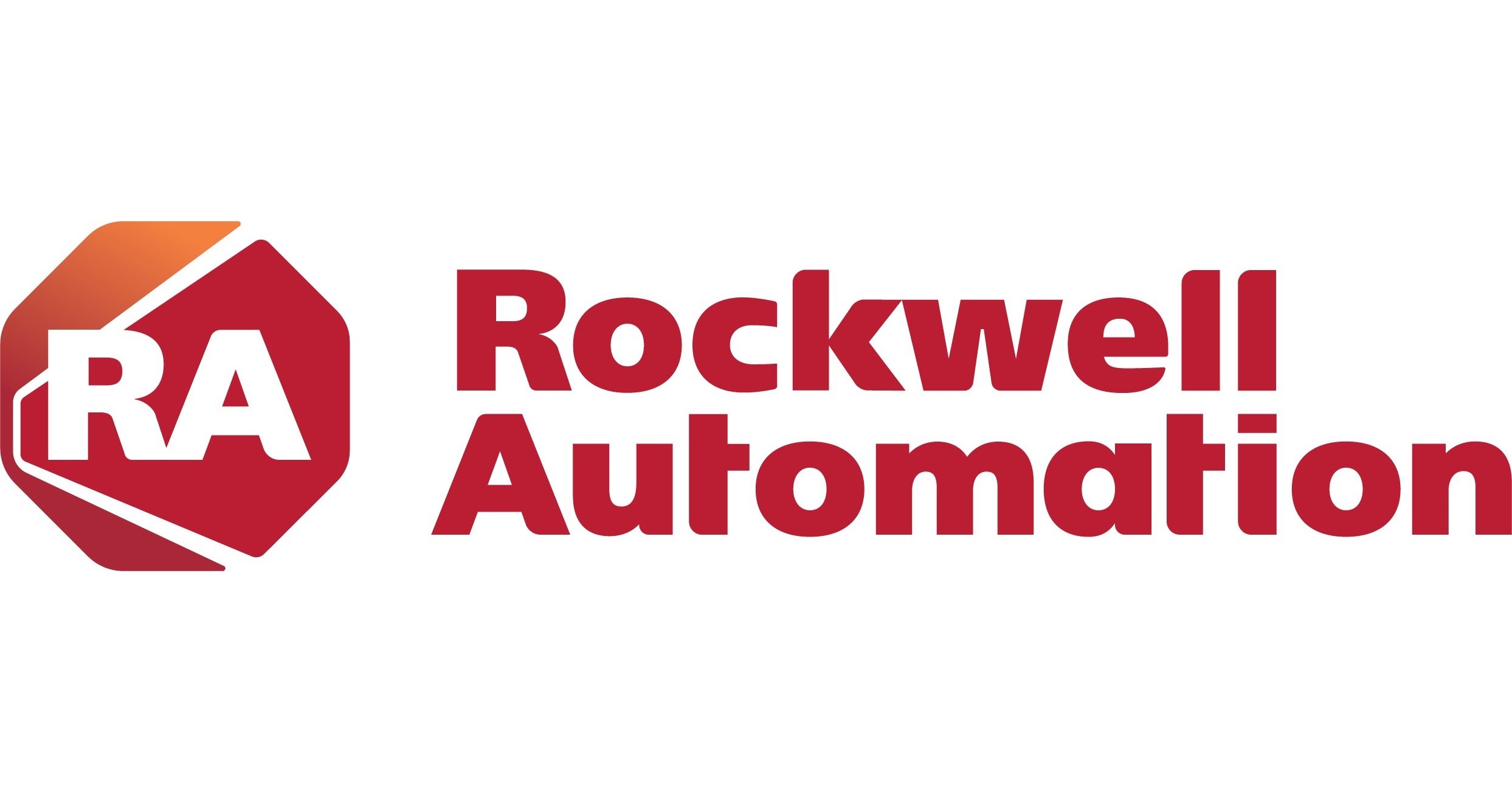
Expected decline in EPS: Analysts forecast a 21.1% decrease in earnings per share (EPS) from the previous year.
Revenue projection: Revenue is anticipated to drop by 8.7% year-over-year, indicating potential market challenges.
Key financial ratios: Despite financial challenges, ratios such as the price-to-earnings (P/E) and debt-to-equity provide insight into Rockwell’s valuation and financial health.
Rockwell Automation, Inc. (NYSE:ROK) is a leading provider of industrial automation and information solutions. The company is known for its innovative technology and services that help businesses improve productivity and efficiency. Rockwell competes with other major players in the automation industry, such as Siemens and ABB. As the company prepares to release its quarterly earnings, investors are keenly watching for insights into its financial health and future prospects.
Rockwell is set to announce its first quarter fiscal 2025 results on February 10, 2025. Analysts expect the earnings per share (EPS) to be $1.61, which represents a 21.1% decline from the same period last year. This decline in EPS is significant, as it reflects the company’s current financial challenges. Over the past 30 days, the consensus EPS estimate has been revised downward by 0.9%, a factor that could influence investor sentiment and stock price movements.
The company’s revenue is projected to be approximately $1.87 billion, marking an 8.7% decrease year-over-year. This decline in revenue suggests that Rockwell may be facing headwinds in its market. Despite these challenges, the company’s financial ratios provide a deeper understanding of its valuation. Rockwell’s price-to-earnings (P/E) ratio is about 31.96, indicating the price investors are willing to pay for each dollar of earnings.
Rockwell’s price-to-sales ratio stands at approximately 3.67, reflecting the value placed on its revenue. The enterprise value to sales ratio is around 4.11, suggesting the company’s total valuation relative to its sales. These ratios are important for investors to assess the company’s market position and potential for growth. Additionally, the enterprise value to operating cash flow ratio is about 39.31, highlighting the company’s valuation in relation to its cash flow from operations.
The company’s debt-to-equity ratio is approximately 1.17, indicating the proportion of debt used to finance its assets relative to shareholders’ equity. This ratio is crucial for understanding the company’s financial leverage. Lastly, Rockwell’s current ratio is about 1.08, suggesting its ability to cover short-term liabilities with short-term assets. These financial metrics provide a comprehensive view of Rockwell’s financial health as it prepares to release its earnings.
